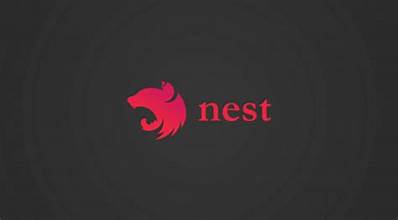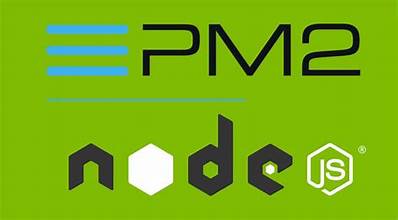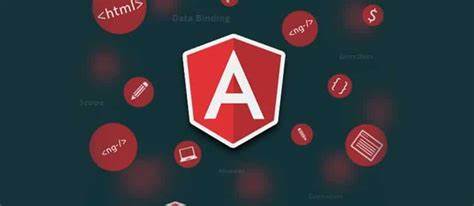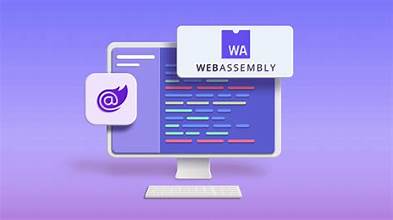Introduction
NestJS Overview
- What is NestJS?
- NestJS features
Preparing the Development Environment
- Installing and configuring NestJS
CRUD
- Creating, defining, and deleting tasks
Handling in NestJS
- Using NestJS pipelines
- Creating a custom pipe
- Handling errors
Data Persistence
- Setting up PostgresSQL and Pgadmin
- Creating a database
- Connecting to a database
Authentication and Authorization
Testing the Application
- Testing with unit tests and mock tests
Debugging the Application
Deploying the Application
- Deploying with Elastic Beanstalk
Securing the Application
Troubleshooting
Summary and Conclusion
Introduction
Overview of Typescript and ES6 JavaScript
- TypeScript Syntax
- Using the TypeScript transpiler
- Setting up Angular 7 and Typescript
Overview of Angular 7’s Parts
- Angular CLI
- Components
- Directives
- Inputs and Outputs
- Data Binding and Interpolation
- Event Binding
- Data Modelling
- Bootstrapping
Creating Your First Angular Application
- Planning the Application
- Setting Up an Angular Project
- Using Bootstrap 4 and Sass
Creating a Component
- Understanding the Component Lifecycle
- Data Flow
- Using Templates and Styles
- Projecting Content
- Working with AppModule
- Working with Custom Components
- Using View Encapsulation
- Implementing Lifecycle Hooks
- Using ViewChildren and ContentChildren
Data Binding in Angular 7
- Understanding Property and Event Binding
- Binding and Assigning Aliases to Custom Properties
- Binding and Assigning Aliases to Custom Events
Working with Directives
- Built-in Directives
- Custom Directives
Angular 7 Services
- Creating a Logging Service
- Creating a Data Service
Using Dependency Injection and Providers
- Injectors, Provider, and Tokens
- Configuring Dependency Injection
- Configuring Your Provider
- Injecting Services into Components, Directives, and Services
Switching Pages with Routing
- Understanding the Different Navigation Methods
- Routing Strategies
- Setting Up Routes
- Configuring and Loading Routes
- Using Parameters in Routes
- Creating Nested Routes
- Using Redirect and Wildcard Routes
- Understanding Route Guards
Using RxJS to Create and Work with Observables in Angular
- Overview of Observables
- Overview of RxJS
- Building & Using Observables in Angular
Generating Forms for User Input
- Using the Template Driven Forms
- Using the Reactive Forms
Using Pipes
- Built-in Pipes
- Async Pipe
- Custom Pipes
Making Calls to External HTTP APIs
Using Angular Modules
Testing the Angular 7 Application
- Using Jasmine for unit testing
Debugging the Application
- Understanding Error Messages in Angular
- Using Sourcemaps to Debug Code in the Browser
- Using Augury
Optimizing the Angular 7 Application
Angular 7 Security
- Authentication
- What should and shouldn’t be written in Angular
Deploying an Angular 7 Application to Production
- Deploying to IIS, Apache, Nginx, etc.
Troubleshooting
Introduction
Angular 8
- What is Angular?
- Angular architecture
- Angular 8 features
Preparing the Development Environment
- Installing and configuring Angular 8
Angular Quick Start
- Creating an application
- Adding Bootstrap
- Creating routing
Components and Binding
- Creating and using custom components
- Working with bindings
- Building modules
- Styling components
Developing an Angular Library
- Creating Angular libraries
- Publishing Angular libraries
Services and Dependecy Injection
- Creating a service
- Injecting a service into a component, directive, and service
Form Handling
- Creating a form
- Validating, filtering, and sanitizing form data
Pipes and HTTP Requests
- Transforming output
- Setting up Firebase
- Sending requests
Offline Capabilities
- Adding service workers
- Caching assets and URLs
Testing the Application
Debugging the Application
Deploying the Application
Securing the Application
Troubleshooting
Summary and Conclusion
Introduction
- Overview of Blazor WebAssembly
Getting Started
- Creating an ASP.NET core hosted Blazor WebAssembly project
- Initializing Git repository
Forms and Authentication
- User login form and validation
- User registration model
- Logging objects to the console
- Using radio buttons
- Navigating the user with NavigationManager
- AuthenticationStateProvider
- Page restrictions
- LocalStorage for authentication
- Adding a logout option
- Cleaning up the navigation and adding a Favlcon
Web API and Entity Framework
- Understanding the Model-View-Controller (MVC) pattern
- Adding the UnitController
- Receiving units from the Web API
- Understanding HTTP methods
- Installing and using Entity Framework (EF)
- Implementing DataContext
- Viewing the database
- Adding, updating, and removing a unit
.NET Core
- Overview of .NET Core
- Razor component
- Component communication
- .NET forms and authentication
- .NET Web API and EF
- Authentication with JSON Web Token (JWT)
- UserUnits
Publishing and Deploying
- Deploying web application on a Windows Server
- Publishing and deploying an app with Visual Studio
Summary and Next Steps
Dashbuilder is an open-source web application for visually creating business dashboards and reports.
In this instructor-led, live training, participants will learn set up, configure, integrate and deploy Dashbuilder.
By the end of this training, participants will be able to:
- Extract data from heterogeneous sources such as JDBC databases and text files
- Use connectors to connect to third-party systems and platforms such as jBPM
- Configure roles, permissions and access controls for users
- Deploy Dashbuilder to a live production environment
Audience
- Developers
- IT and system architects
Format of the course
- Part lecture, part discussion, exercises and heavy hands-on practice
Course Outline
To request a customized course outline for this training, please contact us.







